PER-FORM
—
/ Artists /
Diego Bianchi
Miriam Cahn
Gao Lei
Prinz Gholam
Guo Yingguang
Isa Melsheimer
Elodie Seguin
Santiago de Paoli
Francisco Tropa
Franz Erhard Walther
/ Curator /
Paul Han
/ Duration /
March 18th - May 7th, 2023
/ Address /
Rm105, Bldg 6, 50 Moganshan Rd, Shanghai
米利亚姆·卡恩 Miriam Cahn
《原子弹 04.02.1988》 Atombombe 04.02.1988, 1988
143 x 121.5 cm
纸上水彩 watercolor on paper
CAH/D 1006
4325
BROWNIE Project and Galerie Jocelyn Wolff are delighted to
announce that the exhibition ‘Per-Form’ will open on March 18, 2023 at BROWNIE
Project Gallery.
‘Per-Form’ is featuring 10 artists from Galerie
Jocelyn Wolff and BROWNIE Project, with 25 pieces of artworks across different
media and eras. From the 1960s historical artworks to recent ones, they
collectively discuss when human is removed as the performer, how to reveal the
performative nature of the artworks.
弗朗茨·艾哈德·沃尔特 Franz Erhard Walther
《与第1号系列作品的第57号单一元素产生关系的绘画》
Werkzeichnung in relation to single element n ° 57 of 1.Werksatz, 1968/1970
30 x 21 cm
水彩、色铅笔、铅笔、碳棒、纸上水粉
双面右下角签名、签日期、双面绘画
watercolour, colour pencil, pencil, carbone,gouache on paper
each side is signed and dated at the bottom right, double sided drawing
FEW/D 125
FEW-321
‘It’s not that what is past cast its light on what is present, or what
is present its light on what is past; rather, image is that wherein what has
been comes together in a flash with the ‘now’ to form a constellation. In other
words, image is dialectics at a standstill. For while the relation of the
present to the past is a purely temporal, continuous one, the relation of
what-has-been to the now is dialectical: is not progression but image, suddenly
emergent.—Only
dialectical images are genuine images (that is, not archaic); and the place
where one encounters them is language.’
Walter Benjamin (Arcades Project, 1927-1940)
In the last years of Benjamin’s, he resided in Paris and inspired by thepassages couverts for its metal and glass structure above the pedestrian
paths in the commercial area. He was fascinated by their precisely assembled
construction and spectacles that reflects consumerism under the illusion from
glamourous shopping windows. Rethinking what was real and fabricated had
motivated him to reconsider the authenticity and purpose of the written
history. Benjamin extended and deepened Hegel’s concept of 'dialectical image’
and believed it as a more essential factor than the textual history, wherein,
as he stated, the dialectical image connected the past and the present, forming
a constellation at the ‘now’. On the vertical axis of this dialectical image
compass, it is between awake and dream; on the horizontal axis, it is between
the petrified nature and transitory nature. Hence, it is a rational, logical,
non-fantastical, and ideal image, isolated itself from the natural history,
myths, ancient ruins, and imaginations. Simultaneously, it is at the centre of
multiple dichotomic tensions. Textual history is unreliable due to the
subjectivity from who wrote it; thus, the authenticity of history lies in the
dialectical image.
薇薇安拱廊街 Vivienne Arcade (1916)
The essence of dialectical image is reflected by the ephemeral nature of
performance art. It is so site- and time-specific that what it’s signifying has
become an ideal dialectical image, stays neutral but opened up to be
interpreted from different perspectives.
Through its evolution, performance art has become a cross-disciplinary
art practice, from body- and action-based artform to a medium and
method-oriented practice. Regardless it’s about relations or participation, or
objects and images, performance art constituted a discourse-based art movement.
迪亚戈·比安奇 Diego Bianchi
《防破坏盒》 Antivandalic Box, 2022
200 x 63 x 19 cm
纸板、防破坏涂料、亮片、铁支架(可移除)
Cardboard, anti-vandal paint, glitter, iron pedestal (removable)
DB/S 221
‘Per-Form’ presents 10 artists. In forms, it might be a genuine
documentation of a site-specific performance (Guo Yingguang,The Bliss of Conformity, 2016-2018), or a painting that involves human body, not only as a
subject, but also as a creation instrument. (Miriam Cahn, atombombe,
04.02.1988, 1988), or a one act play consists of segments that inspired by
theatrical mask (Prinz Gholam, Ostia, 2020-2021), or derailed from a
ready-made object to criticise the consumerism and mass media (Diego Bianchi, Antivandalic
Box, 2022). This is the origin of the title of this exhibition, to separate
the word ‘perform’ to ‘per-form’ (each form). To extend the subjects of
performance art from human to diverse media, enable them with performative
nature, to alter the tension between performers to the static tension between
different artworks or segments, telling the story independently without a live
performance.
普林茨·古拉姆 Prinz Gholam
《奥斯提亚》 Ostia, 2020-2021
50件石料总体尺寸 50 elements
Overall: 260 x 50 cm (approx.)
石料 Stones
PGH/S 6
In this exhibition, we could see unconventional medium imitate the real
ones with a reference of an ancient Rome board game (Francisco Tropa, Scripta,
2019), double side paintings from avant-garde era (Franz Erhard Walther, Werkzeinungseries, 1967-1970), deconstruction on consumerism and pop culture with fabric
installation (Isa Melsheimer, Blondie, 2009), and a large installation
that transforms the paddles into a broken arm (Gao Lei, In Middle of the Broken Arm, 2017).
Meanwhile, Santiago de Paoli showcases his visual puns and metaphors with
vibrant colour oil paintings on felt, Elodie Seguin applies geometric volumes
and packaging (Contrainte B, 2021) to explore the purity of form and
relations.
(Text by Paul Han)
伊萨·梅尔茨海默Isa Melsheimer
《金发女郎》Blondie, 2009
227 x 40 cm
布料、珍珠、铁丝、有机玻璃
fabric, pearls, wire, plexiglass
孤品 Unique
MEL/S 78
高磊 Gao Lei
《折断胳膊之中》In Middle of the Broken Arm, 2017
600 x 20 x 5 cm
木质旧船桨,黄铜合页,螺丝钉
Aged wooden paddle, brass hinge, screw
艾洛蒂·塞金 Elodie Seguin
《约束 B》 Contrainte B, 2021
两部分构成 2 elements,
整体尺寸 overall : H8 x 96 x 71.5 cm
1/2 : H8 x 71.5 x 48 cm
2/2 : H4 x 71.5 x 48 cm
保温亚克力、中密度纤维板、油墨、聚氨酯涂料
Thermoformed acrylic, MDF, ink, polyurethane paint
孤品 Unique
SEG/S 156
郭盈光 Guo Yingguang
《今天是昨天的明天》Today is Tomorrow of Yesterday, 2022
130 x 100 cm
蛋壳,木板,毛毡
Egg shell, wooden panel, wool felt
圣地亚哥·得·保利 Santiago de Paoli
《白月亮》White Moon, 2020
51 x 45 cm
毛毡上油画 oil on felt fabric
SDeP/P 184

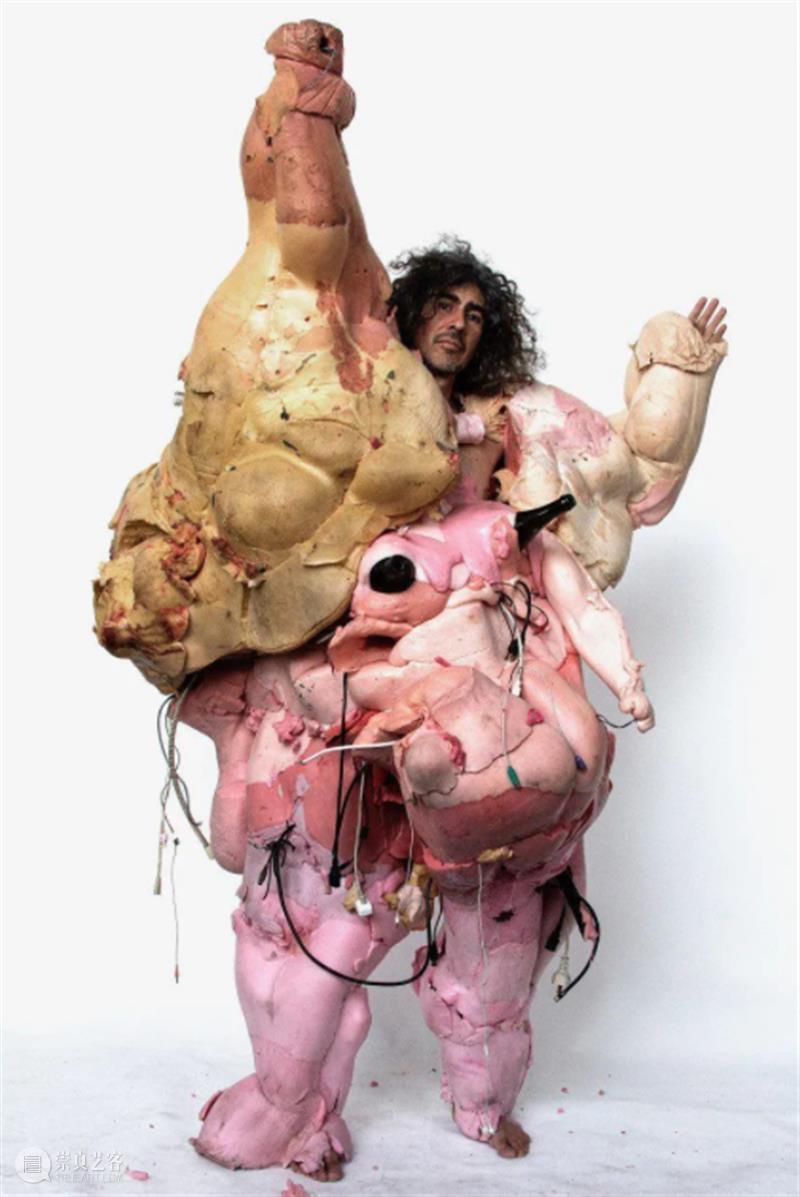
Diego Bianchi was born in 1969 in Buenos Aires, Argentina, where he still lives and works. Bianchi’s work is made up of visually transgressive materials, gathering together discarded objects such as chairs, pipes, electronic devices, or casts of body parts. His practice includes sculptures, installations, video art, photographs and elements of performance, which examine aesthetic norms as well as socio-political subjects. The artist focuses on the formal and mostly chaotic traces of consumerism, specifically the fallout of neoliberal economic damage. One of the dominant themes in Bianchi's work is the use of the human body as an artistic and constructive element. He proposes an apotheosis of everyday situations, such as the derailment of human excess and the anarchic order it produces.
Amongst other grants and awards, he was awarded the Concurso de artes Visuales - Fondo nacional de las Artes Premio Azcuy, Museum de Arte Moderno in 2019. His recent exhibitions include Syntactic Tactic, Centro de Arte Dos de Mayo, Madrid, Spain, 2022; Bienal de Performance 2021 (B.P.21), Museo Nacional de Bellas Artes (MNBA), Buenos Aires, Argentina, 2021; Sauvetage Sauvage, Galerie Jocelyn Wolff, Romainville, France, 2020; The Stomach and the Port, 11th Liverpool Biennial, Liverpool, UK, 2020; BIENALSUR Córdoba, Argentina, 2019.
Miriam Cahn was born in 1949 in Basel, she lives and works in Stampa, Switzerland. Cahn's artistic practice, consisting mainly of figurative painting, explores social topics related to her objection to all forms of oppression, and in reaction to current political issues including gender-based violence, migratory conflicts and armed conflicts. In dialogue with the European feminist movements of the 1970s, the body remains central in her works, both as a subject and as an artistic medium.
She has received prestigious awards and prizes, such as the Käthe Kollwitz Prize in Berlin in 1998, the Meret Oppenheim Prize of the Swiss Federal Office of Culture in 2005, Baseler Kunstpreis in Basel in 2013, and the Rubenspreis of the city of Siegen in 2021. In 1984, she represented Switzerland at the Venice Biennale. In 2017, she took part in Documenta 14 in Kassel and Athens. In 2022, her work is yet again presented at the 59th International Art Exhibition of the Venice Biennale ‘The Milk of Dreams.’
Many solo exhibitions have been devoted to her work, internationally, including ‘Ma Pensée Sérielle, Palais de Tokyo, Paris, 2023; ‘MEINEJUDEN’ at the Museum für Gegenwartskunst in Siegen in 2022; ‘ME AS HAPPENING,’ presented at The Power Plant, Toronto Canada and at the Kunsthal Charlottenborg, Copenhagen Denmark in 2021; ‘I as Human,’ a travelling exhibition in 2019 co-organised by three major institutions at the Haus der Kunst, Munich, Kunstmuseum Bern, and the Museum of Modern Art in Warsaw; ‘everything is equally important’ at the Museo Nacional Centro de Arte Reina Sofía in Madrid in 2017; ‘körperlich/corporel,’ the artist’s first major retrospective in France at the Swiss Cultural Centre in Paris in 2014; and at the Fundación ‘La Caixa’ in Madrid in 2003.
Gao Lei was born in Changsha, Hunan in 1980. Now he lives and works in Shanghai. Gao Lei's art practice spans multiple media, including installation, sculpture, photography, and painting. Gao often adopts everyday objects and "standardized" industrial products as the essential component, whose works are manipulated through synthetic or abstract regulatory forms, in which the functions, properties, and meanings are tampered with or added through blurring transformation. Thus, they become a scale or model for measuring various domains such as the body, power, consumption, and religion. Through precise material testing and vectorization of graphics, Gao's works, along with the objects they confront and the questions raised, alternate between spatial and conceptual dimensions, allowing the viewer to re-examine and remeasure our inherent boundaries with the world using a standard other than that of experience.
Gao's works have been the subject of solo exhibitions at White Space (Beijing, China), Arario Gallery (Seoul, Korea), Museum of Contemporary Art Taipei, etc. His works have also been exhibited in international art institutions including, Ullens Center for Contemporary Art, Minsheng Art Museum (Shanghai), Long Museum, Tank Shanghai, Hao Art Museum, Guangdong Times Art Museum, Singapore Art Museum, Institute of Modern Art (Valencia, Spain), Tinguely Museum (Basel, Switzerland), Ludwig Museum im Deutschherrenhaus (Coblence, Germany), National Museum of Modern and Contemporary Art (Korea), and others.
Prinz Gholam is a Berlin-based artist duo consisting of Wolfgang Prinz and Michel Gholam. For nearly a decade, the duo has developed a performative practice that, through a series of choreographed sequences, aims at embodying a range of source material—from ancient paintings, sculptures to contemporary art, film and images from the media. Reminiscent of Gilbert & George’s living sculptures, the long-term collaboration revolves around a corporeal interpretation of the world around us: their various gestures and poses act as a form of mapping through the body of the array of information they internalize. Often performed in historically loaded venues, like a graveyard or an archaeological site, their work speaks of the information we carry in our bodies and how we experience and negotiate the world through images the mind already contains. In addition to their performances, the duo often uses drawings to sketch the poses that they reenact. These preparatory studies, while referencing pictorial tradition, also play a role in their investigation: a negotiation between references, and the physical and pictorial self.
Yingguang Guo (b. 1983, Liaoning, China); lives and works in Beijing. Yingguang Guo graduated from London College of Communication (UAL) with a Master’s degree in photography, Communication University of China with a Bachelor's degree in Photography (Art Direction).
Moving on to the artistic world, Yingguang Guo’s work revolves around social issues in contemporary China, using image creation to deconstruct / construct relationships and express emotions linked to her past. Her multi-media practice of photography, printmaking, video, installation, performance and artist book explores the marriage, living and self-value reality faced by women in today’s Chinese society. Guo won the Jimei ARLES 2017 Madame Figaro Women Photographer Award with the series The Bliss of Conformity and was invited to exhibit at Rencontres d'Arles International Photography Festival in France in 2018. During the exhibition, her works were highly recommended by the well-known artists Sophie Calle and Paul Graham. She had her solo exhibition Yingguang Guo: The Bliss of Conformity opened at Maison Européenne de la Photographie (Paris, France) in 2019, marking her the first Chinese female artist to hold a solo exhibition at the MEP.
Isa Melsheimer was born in Neuss, Germany, in 1968, and lives and works in Berlin. Her practice spans painting, embroidery, sculpture, installations and botanical works, reflecting her documentary research and formal investigations. Le Corbusier, Mies van der Rohe, Norman Foster, Superstudio… Isa Melsheimer’s reflections are based on architectures which convey ideals, with the great responsibility of formalising theories, depicting utopias with wood, glass and concrete, and, above all, reinstating them on a living, human scale. Drawing on the history of architecture and urban planning, the artist builds her work around the relationships between humans, animals and plants, and their architectural and environmental expressions. The artist’s theoretical vision takes up architectural concepts and histories as spaces of collision and creation. Yet her approach is not only aesthetic, but also analytical, returning to the fundamentals, again and again, in order to extract their essence.
Her recent solo exhibitions include ‘Concrete Bodies are Finite’ at the Centre International d’art et du paysage, Île de Vassivière (2022); ‘Compost’ at the MAMAC, Nice (2021-22); ‘Der unerfreuliche Zustand der Textur’ (2020) at KINDL – Centre for Contemporary Art, Berlin; ‘The Year of the Whale’ (2018) at Fogo Island Gallery, Fogo Island; ‘Der tote Palast zitterte – zitterte!’ (2017) at Mies van der Rohe Haus, Berlin.
Elodie Seguin was born in Paris, France in 1984. She lives and works between Paris and Madrid, Spain. Elodie Seguin has defined a unique approach to painting in which she explores the relationship between several painted objects, as well as their organisation within and their relationship to the given exhibition space. Her practice navigates between sculpture, painting, and in-situ installations. Oftentimes, the elements of her works, consisting of materials such as wood, paper, MDF or cardboard, are not joined together but simply placed on top of or next to each other, leaning on the gallery walls or carefully placed directly on the floor, usually painted in single monochromatic colours which defy categorisation. Seguin's work displays an obvious affinity to the minimalist tradition. Her theoretical and phenomenological interest in colour as a dimension of perception also links her approach to a modern tradition of painting which began with Mondrian and Malevich.
Elodie Seguin has been the recipient of various awards and residencies, including at the Fondazione MAAC, Calassetta, Italy in 2022, at Interface Dijon, France in 2021-2022, at FLACC, Genk, Belgium in 2021-2022, at Lafayette Anticipations, Paris, France in 2014, at MACRO Roma, Italy in 2012, and at the Cité international des Arts in Paris, France, 2011-2013. Recent projects and solo exhibitions include ‘The Missing Thing’, Galerie Jocelyn Wolff, Paris-Romainville, France, 2022; ‘Yes, Not’, MACBA, Buenos Aires, Argentina, 2019; ‘hall painting (Wall work)’, L40/Kunstverein am Rosa-Luxemburg-Platz, Berlin, Germany, 2019; ‘Debout Derrière Scène Ouverte’, Centre Culturel Français, Milan, Italy, 2011.
Francisco Tropa was born in 1968, and works and lives in Lisbon. Time, tales and formal aesthetics are the main elements of his work. The artist links stories together, retelling mythologies, technologies, science and societies. Tropa uses several media – sculpture, drawing, performance, engraving, installation, photography and film — to convey a series of reflections catalysed by the different traditions of sculpture and science. His installations abound in precise and precious objects, geometric and elaborate forms, delicate prototypes and complex machines. His pieces are most clearly underpinned by the notion of time. Time is also decisive in the studio work by the artist, who sometimes develops his projects over several years.
Besides representing Portugal in the Venice Biennale (2011), he also took part in the Rennes Biennial (2012), the Istanbul Biennial (2011), Manifesta (2000), the Melbourne Biennial (1999) and the São Paulo Biennial (1998). Some of his recent solo exhibitions include: The Lung and the Heart, Musée d’art moderne de Paris, France (2022); Che Vuoi?, Le Creux de l’Enfer, Thiers, France (2022); Behind Us, MUCEM, Marseille, France (2020); The Pyrgus from Chaves, Fundaçào Calouste Gulbenkian, Lisbon, Portugal (2019); Performance Scripta, Centre National de la Danse, Paris, France (2018); Performance Gigante, Festival MOVE, Centre Pompidou, Paris, France (2018); TSAE - Trésors Submergés de l’Ancienne Égypte, Musée Régional d’Art Contemporain Languedoc-Roussillon, Sérignan, France (2015); TSAE - Tesouros Submersos do Antigo Egipto, Museu de Lisboa, Lisbon, Portugal (2014-2015); STAE - Submerged Treasures of Ancient Egypt, La Verrière, Fondation d’Entreprise Hermès, Brussels, Belgium (2013).
Santiago de Paoli was born in Buenos Aires, Argentina in 1978, now he lives and works in New York, USA. De Paoli’s painting might seem surprising to the viewer. At first glance, the artist appears to be representing a number of common themes and elements, such as moons, candles, lamps, flowers, hearts, socks, human posteriors and genitalia, skies and landscapes, using quite vivid colours. But his work requires being contemplated through a feeling of strangeness and simplicity. Using unusual media, included recycled textiles, wood and plaster, de Paoli seeks to obviate the seriousness of the medium, elaborating the composition of his paintings and the combination of evocative elements with a disruptive sense of humour and a childlike innocence.
Santiago de Paoli’s recent projects and solo exhibitions include ‘Inside the Red Barn’, OSMOS Station, Stamford, New York, USA, 2022; ‘A leaf in the wind’, Galerie Jocelyn Wolff, Paris-Romainville, France, 2021; ‘Bebê Rasteja’, Mendes Wood, São Paulo, Brazil, 2019-2020; ‘Entre nosotros y el objeto’, Môvil, Buenos Aires, Argentina, 2016; ‘Pescado y Papas’, Wireless Ridge, Stanley, Falkland Islands, 2015; ‘The New Society’, Swan Coach House Gallery, Atlanta, USA, 2007. Amongst other group shows, his work has been presented at X Museum, Beijing, China, 2021; Museo de Arte Moderno de Buenos Aires, Argentina, 2019; Nouveau musée national de Monaco, Villa Paloma, Monaco, 2018; Musée d'art contemporain de la Haute-Vienne, Château de Rochechouart, France, 2018.
Franz Erhard Walther was born in 1939, in Fulda, Germany, where he lives and works. Since the 1950s, he has been developing work that examines the role of spectators in the grasping of a piece, and also its status. As the creator of pieces to be put into motion, with his famous multi-part sculpture First Work Set (1963 – 1969), he has turned public participation into one of the drivers of his art. His use of fabrics combines elementary forms with conceptual notions, engages visitors, and marks a radical rethinking of the relationship between sculpture and action.
Franz Erhard Walther participated in the legendary exhibition curated by Harald Szeemann ‘When Attitudes Become Form’, 1969, at the Bern Kunsthalle, Switzerland, as well as ‘Spaces’, 1969, at the Museum of Modern Art (MoMA), New York, USA. Since the 1960s, he was invited to present his work in numerous international solo and group shows. He participated in Documenta 5 to 8 (1972, 1977, 1982, 1987) in Kassel, Germany. He was invited to the 57th International Art Exhibition of the Venice Biennale ‘VIVA ARTE VIVA’, and honoured by the Golden Lion Award for the Best Artist of the exhibition.
His recent solo exhibitions include : ‘Franz Erhard Walther, de l'origine de la sculpture’, Mamco, Geneva, Switzerland (2010); ‘LINE/FRAME/ACTION/DRAWN NOVEL’, Drawing Room, London, UK (2012); ‘Franz Erhard Walther’, Hamburger Kunsthalle, Germany (2013); ‘The Body Decides’, CAPC, Bordeaux, France and WIELS Centre d’art contemporain, Brussels, Belgium (2014); ‘Architektur mit weichem kern’, MUDAM, Luxembourg, Luxembourg (2015); ‘A Place for the Body’, Museo Nacional Centro de Arte, Reina Sofia, Madrid, Spain (2017); ‘Thinking Action’. the awarding of the Aachen Art Prize at Ludwig Forum Aachen, Germany (2017); ‘Objects to use’, Museo Jumex, Mexico (2018); ‘Migrations of Forms 1956-2006’, Peter Freeman Inc., New York, USA (2019); ‘Shifting Perspectives’, Haus der Kunst, Munich, Germany (2020); ‘Body Space Time’, Kunsthalle Winterthur, Winterthur, Switzerland (2021).

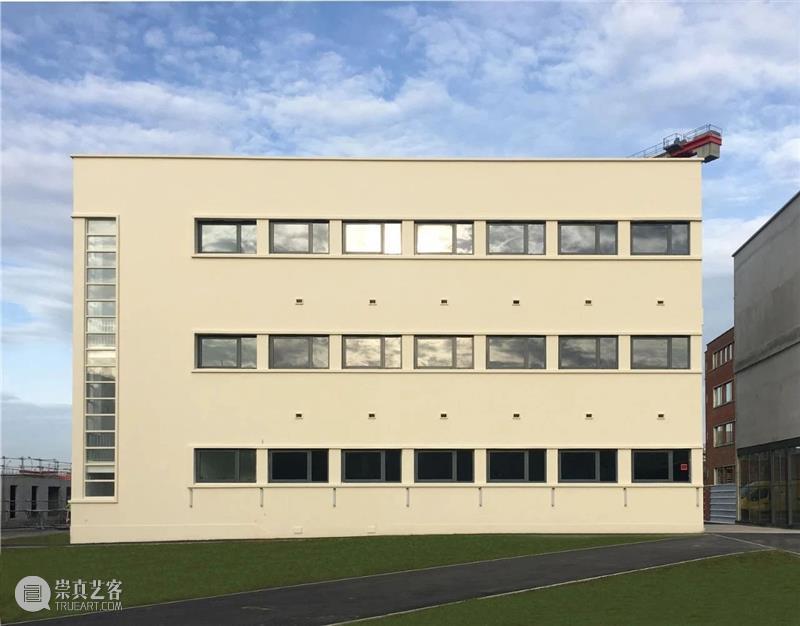
In 2003, Galerie Jocelyn Wolff opened in a very small, remote space in
Belleville of East Paris with a solo show by Clemens von Wedemeyer. Most
represented artists made their debuts with Galerie Jocelyn Wolff. In 2006, the
gallery moved to a larger space in the same neighbourhood, rue Julien-Lacroix.
As the gallery grew, the neighbourhood of Belleville developed into the most
dynamic and vivid scene for emerging galleries in the city.
Initially focusing on revealing emerging artists, the gallery gradually
engaged in the promotion of key historical artists as Franz Erhard Walther,
William Anastasi and Miriam Cahn. With a strong interest in sculptural and
pictorial practices, the gallery has always tried to promote different mediums
including video installations and performances. Today the gallery represents 19
artists.
In 2019, the gallery moved in Romainville, in the new form of
collaboration Komunuma (community in Esperanto). It gathers four contemporary
art galleries, one private foundation and one artist’s association in different
spaces, all located in same large former industrial plant: it wishes to
accompany the movement and metamorphosis of our megalopolis in the XXI century,
called le Grand Paris.
Galerie Jocelyn Wolff participates in art fairs such as Art Basel, Art
Basel Hong Kong, Frieze Masters London, Frieze Seoul, Artissima, Paris +,
ArteBA Buenos Aires, ARCO Madrid, MiArt Milan, Independent NY, Westbund
Shanghai...
www.galeriewolff.com
43 rue de la Commune de Paris / KOMUNUMA, 93230 ROMAINVILLE, France
Opening hours: Tue-Sat, 10AM-6OM
Email: g.musi@galeriewolff.com
Instagram: @galeriejocelynwolff
WeChat Contact: GalerieJocelynWolff
WeChat Subscription: JocelynWolff画廊

An emerging gallery established in the post-pandemic era,
BROWNIE Project is committed to exploring the innovation and social impact of contemporary
art in a turbulent present. The 600m² gallery space locates in M50 art district,
Shanghai, China, supporting and promoting artists who apply exceptionally
ground-breaking concept and art form. BROWNIE Project is in constant
collaboration with curators, institutions, collectors and brands for
possibilities beyond our existed experience of art.Rm 105, Bldg 6, 50 Moganshan Rd,
Shanghai, CHN.Opening
hours: Mon-Sun, 10AM/6PMEmail: info@brownieproject.orgInstagram: @brownieprojectgalleryWeChat: @BROWNIE Project Gallery

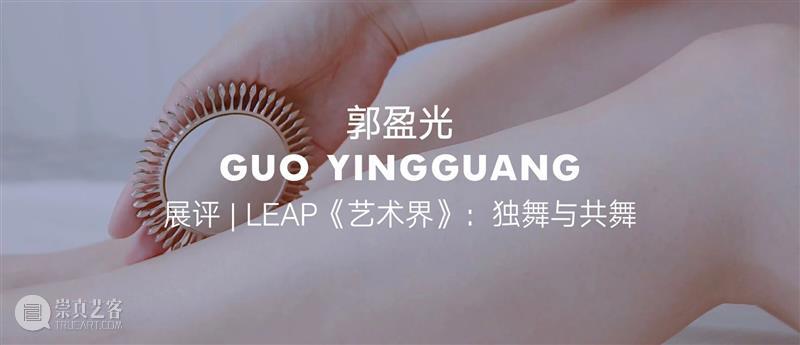
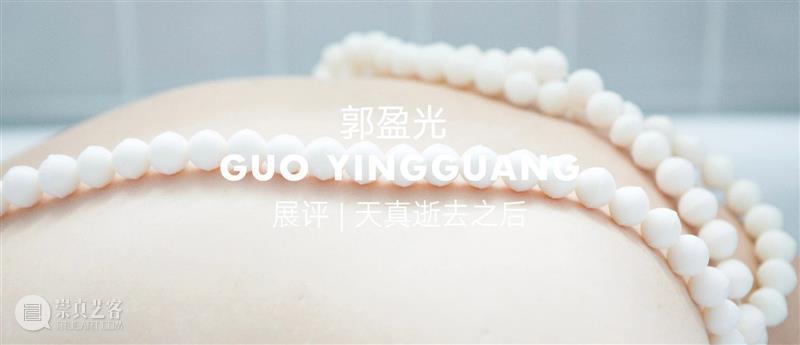
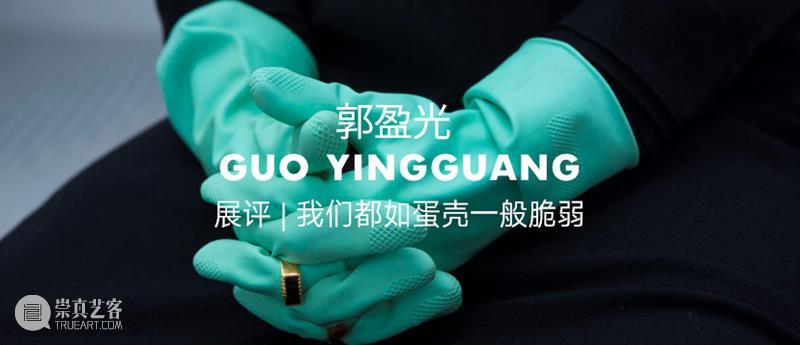
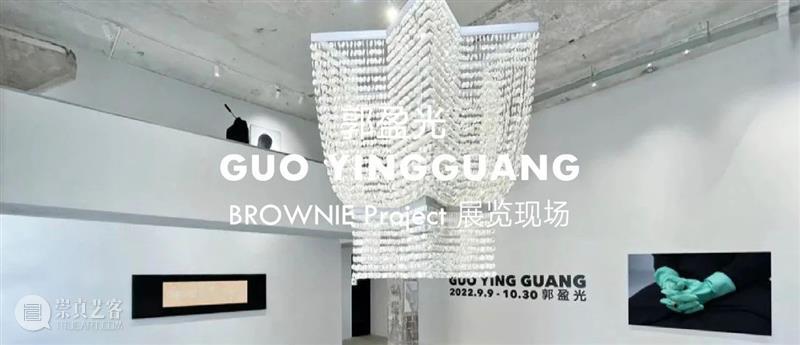

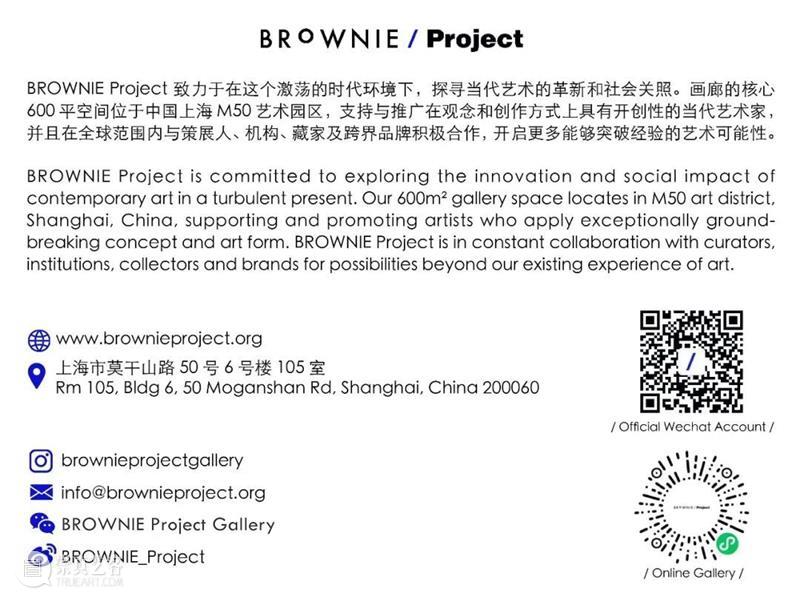


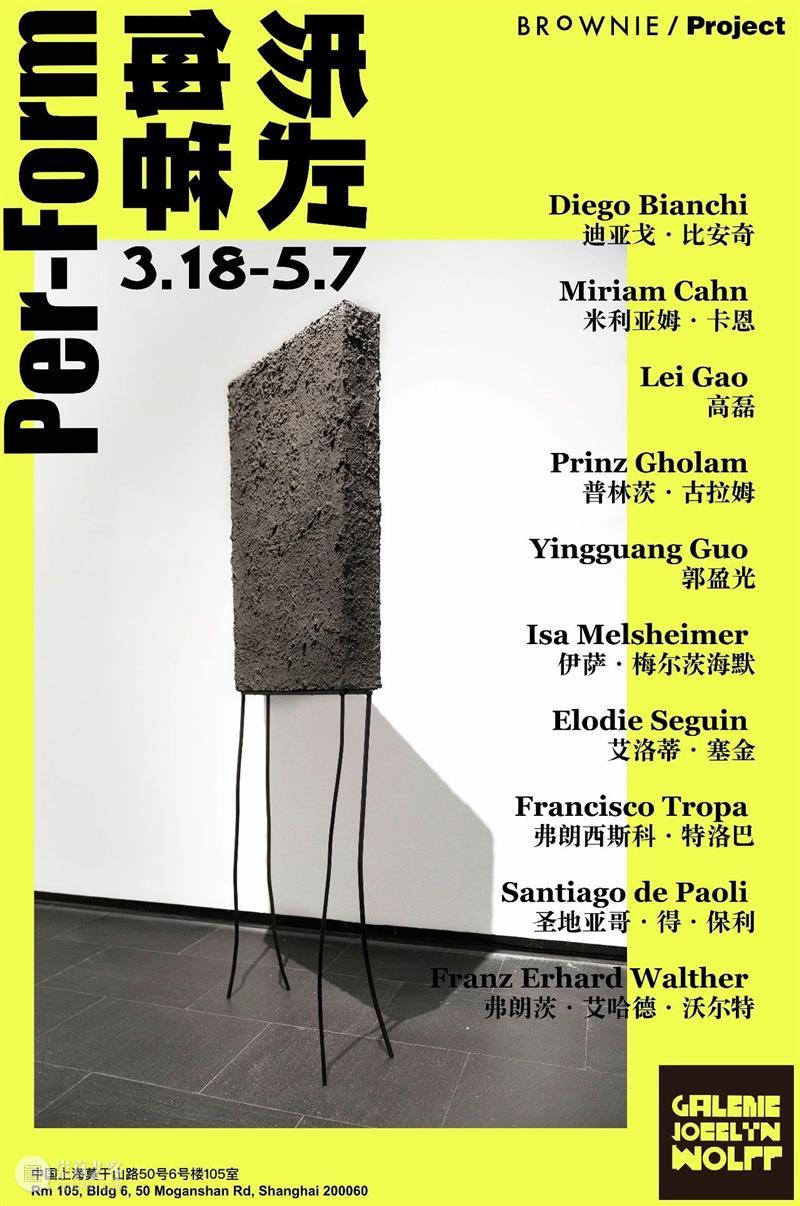
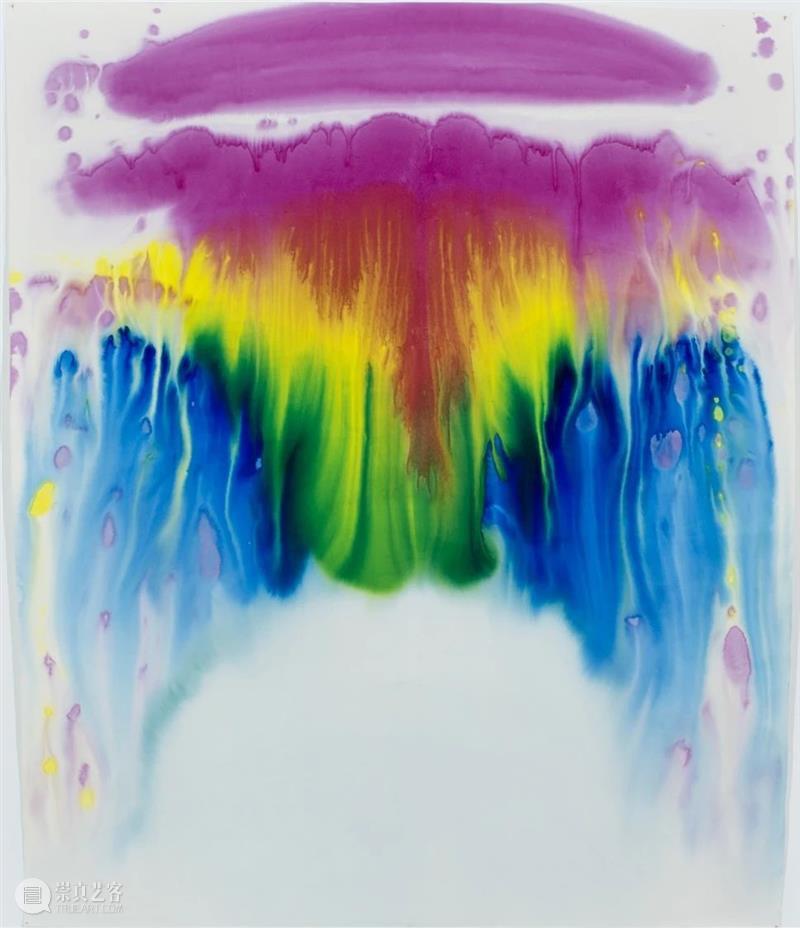





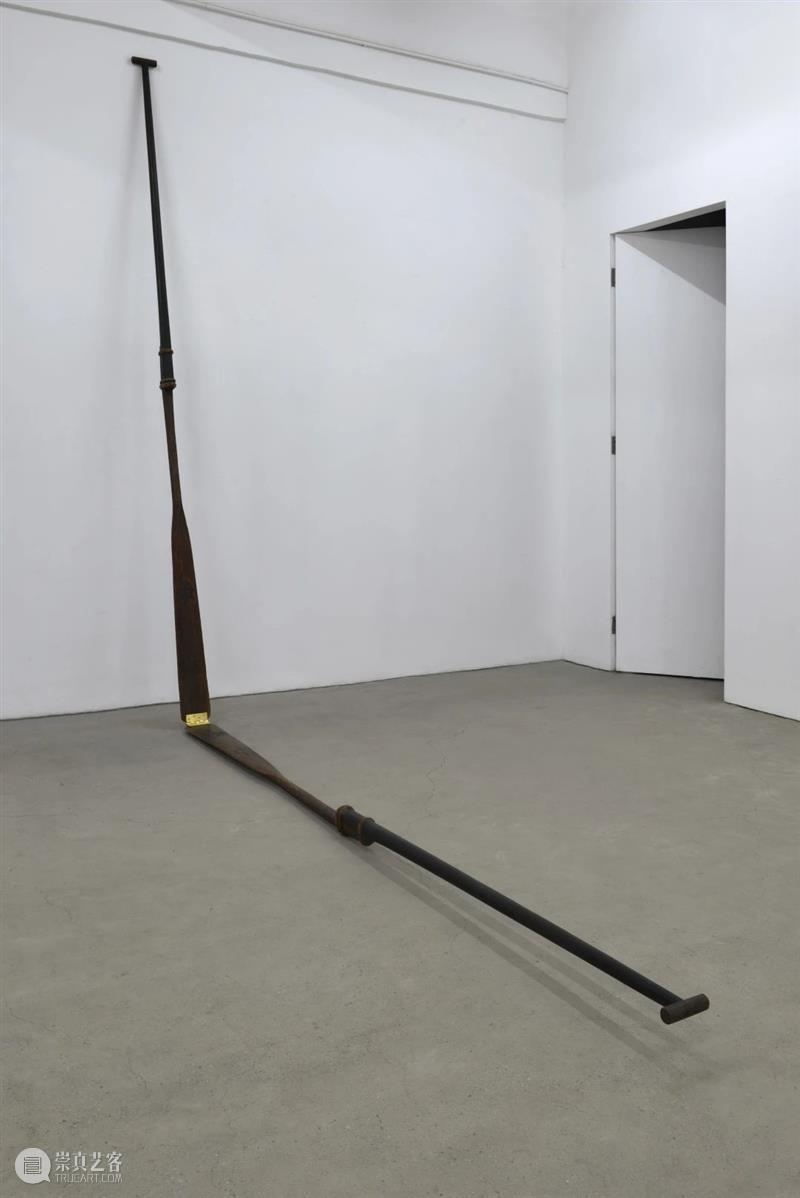
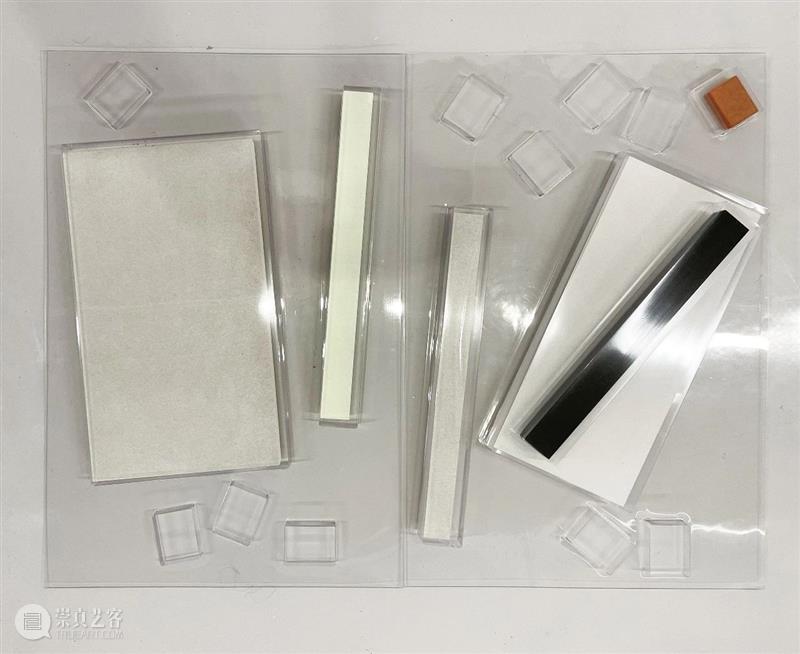
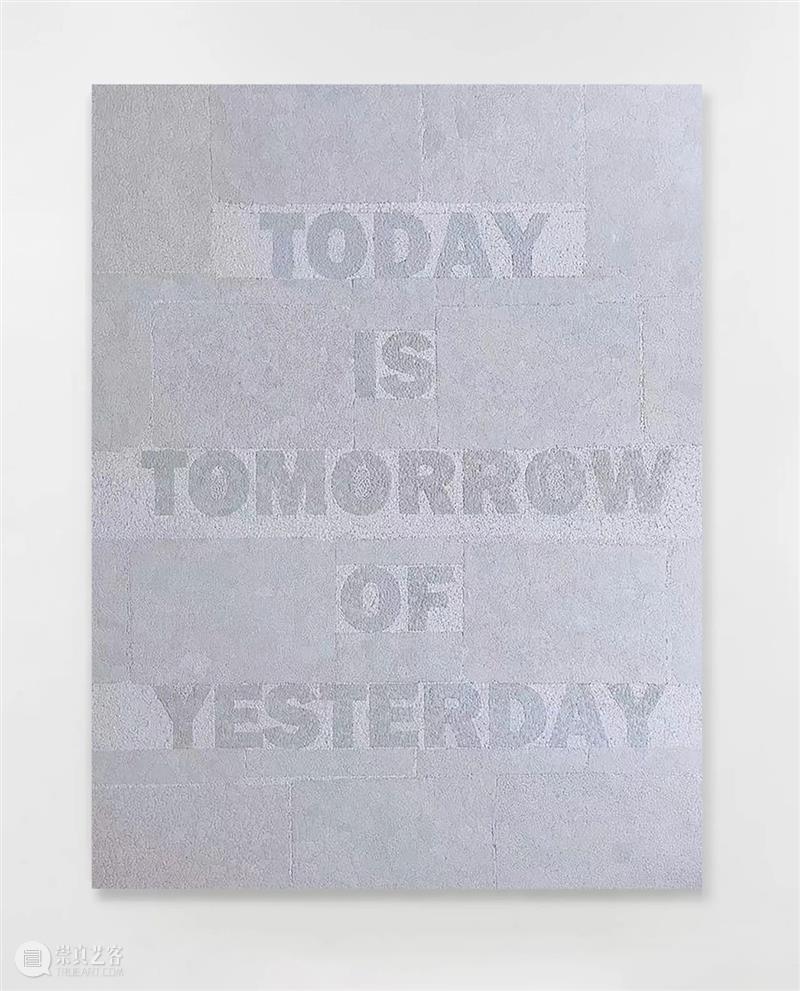




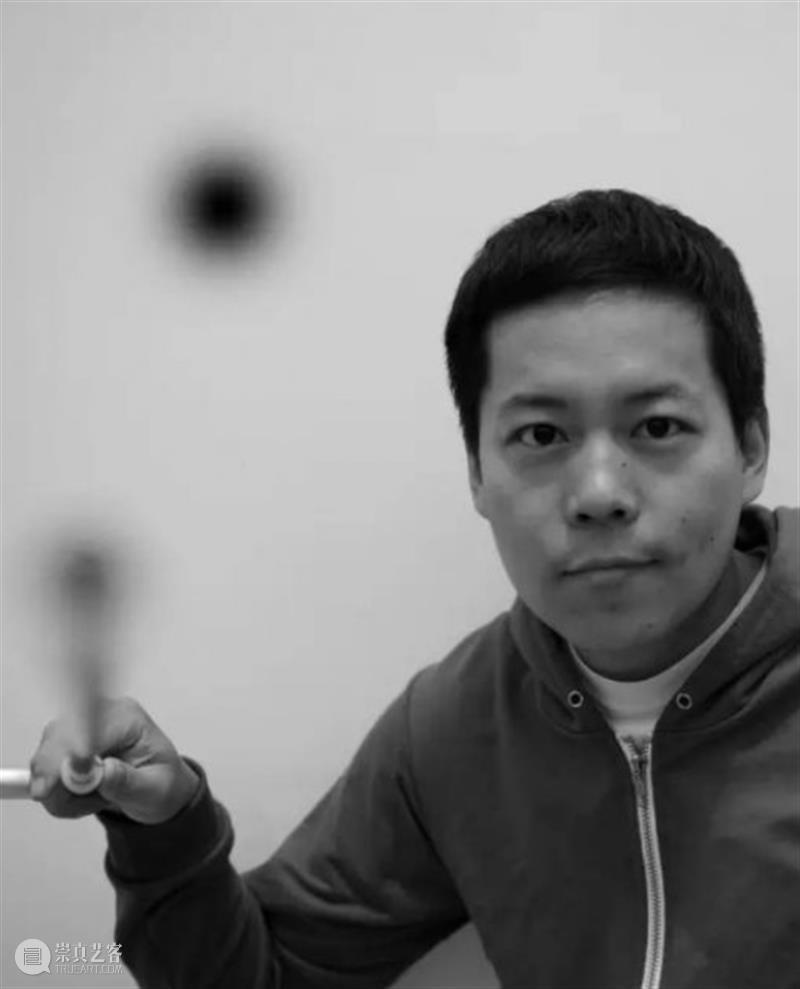
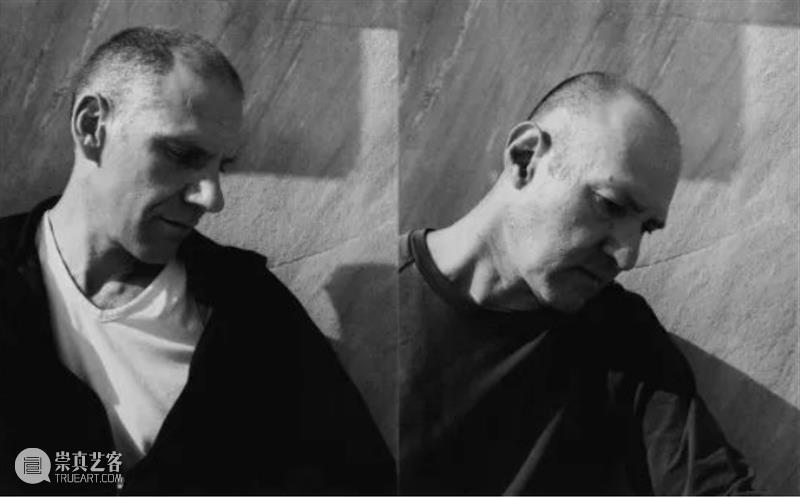
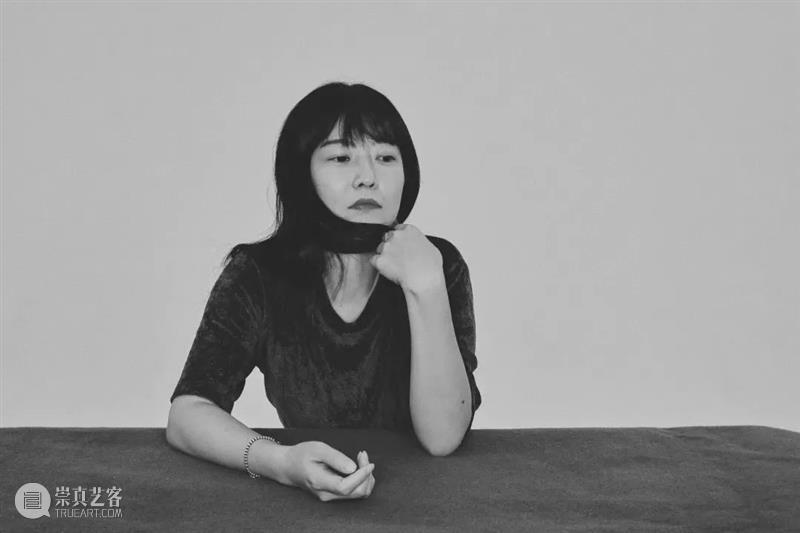
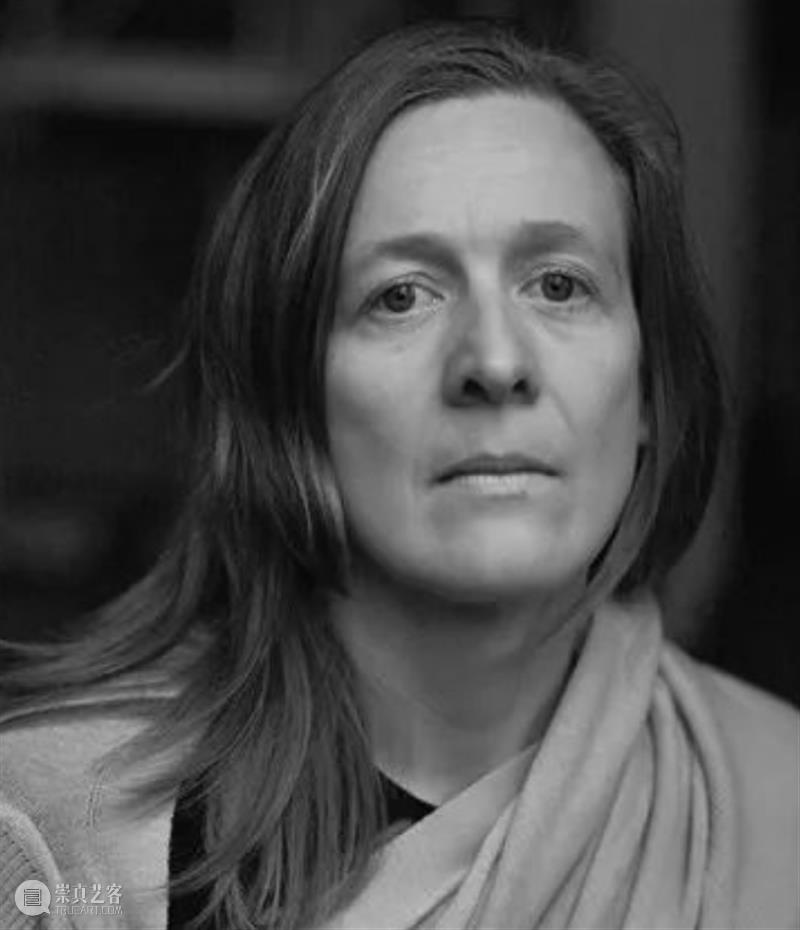
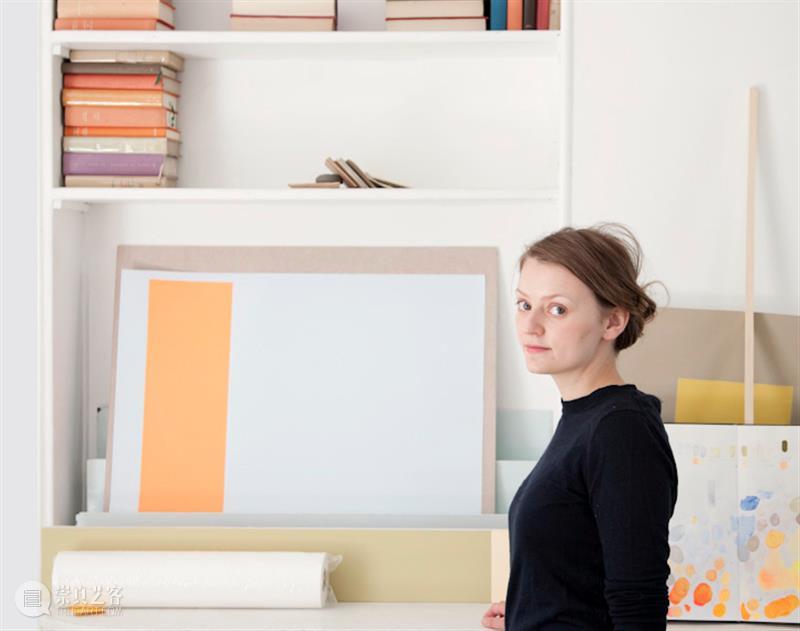

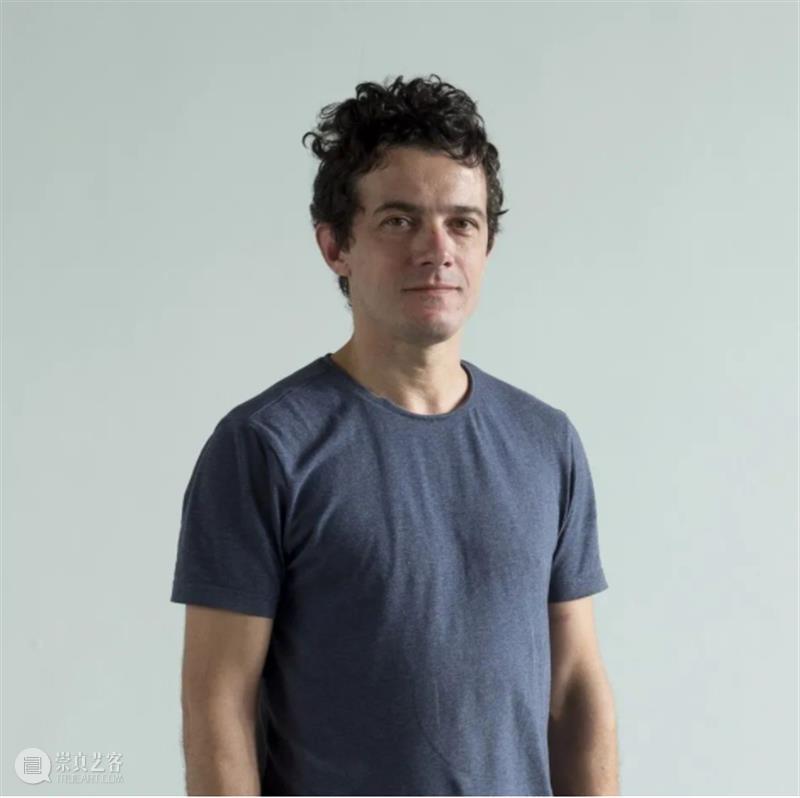
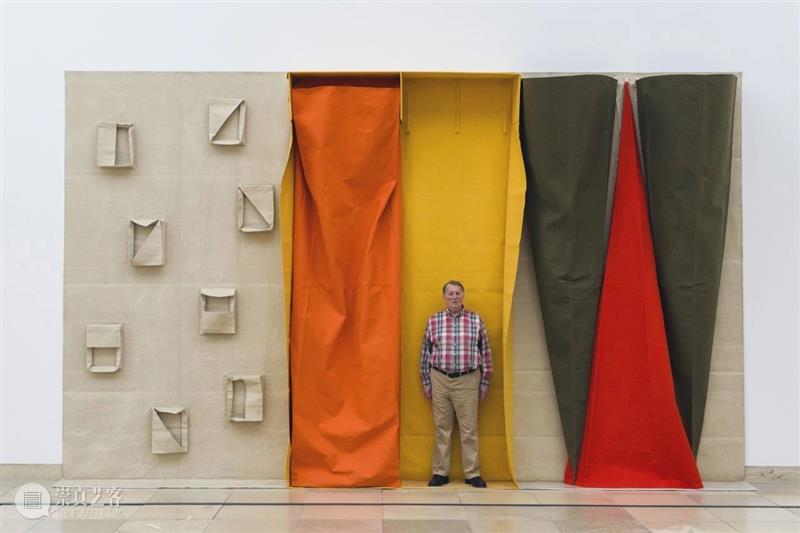

















 分享
分享